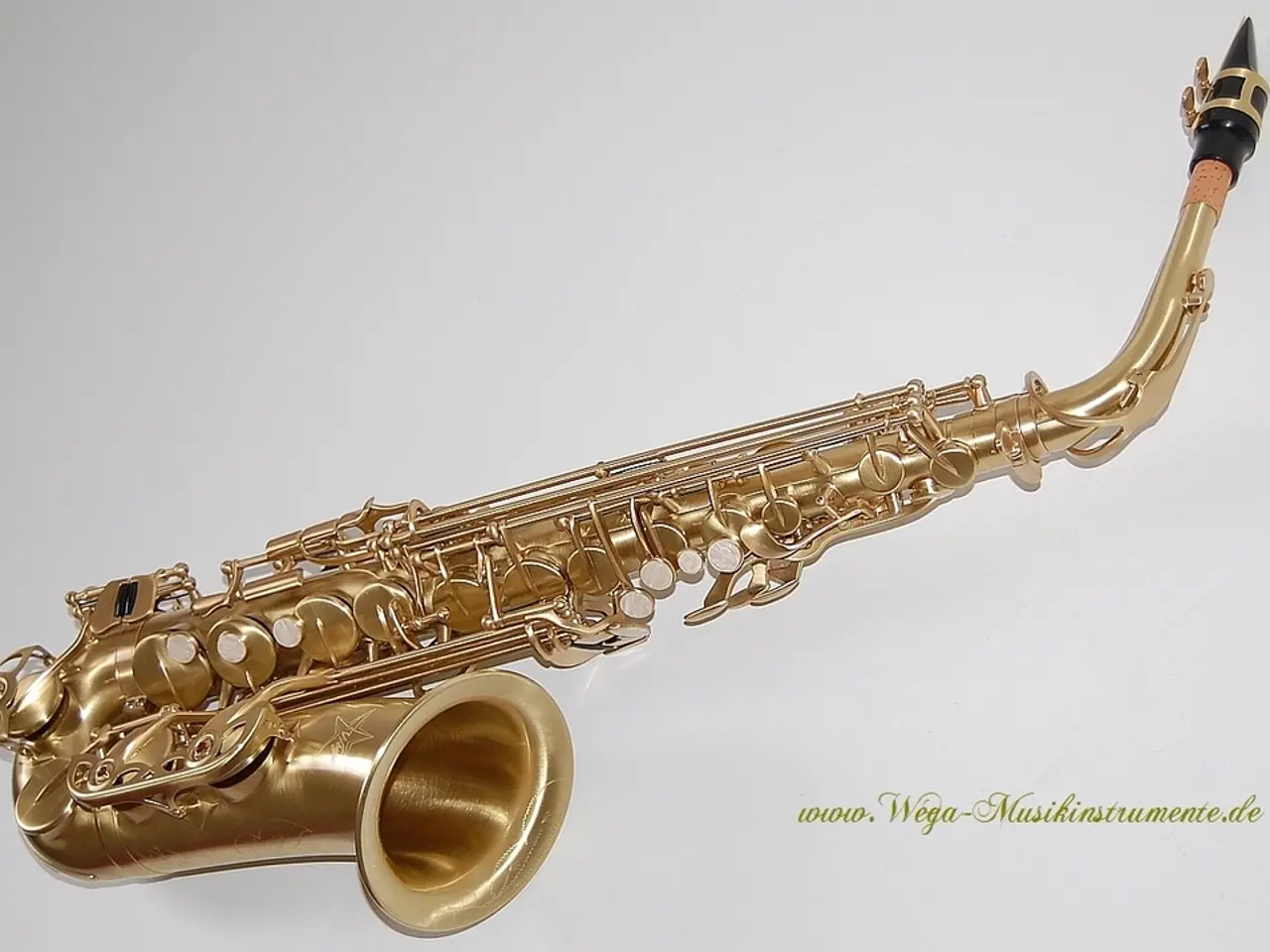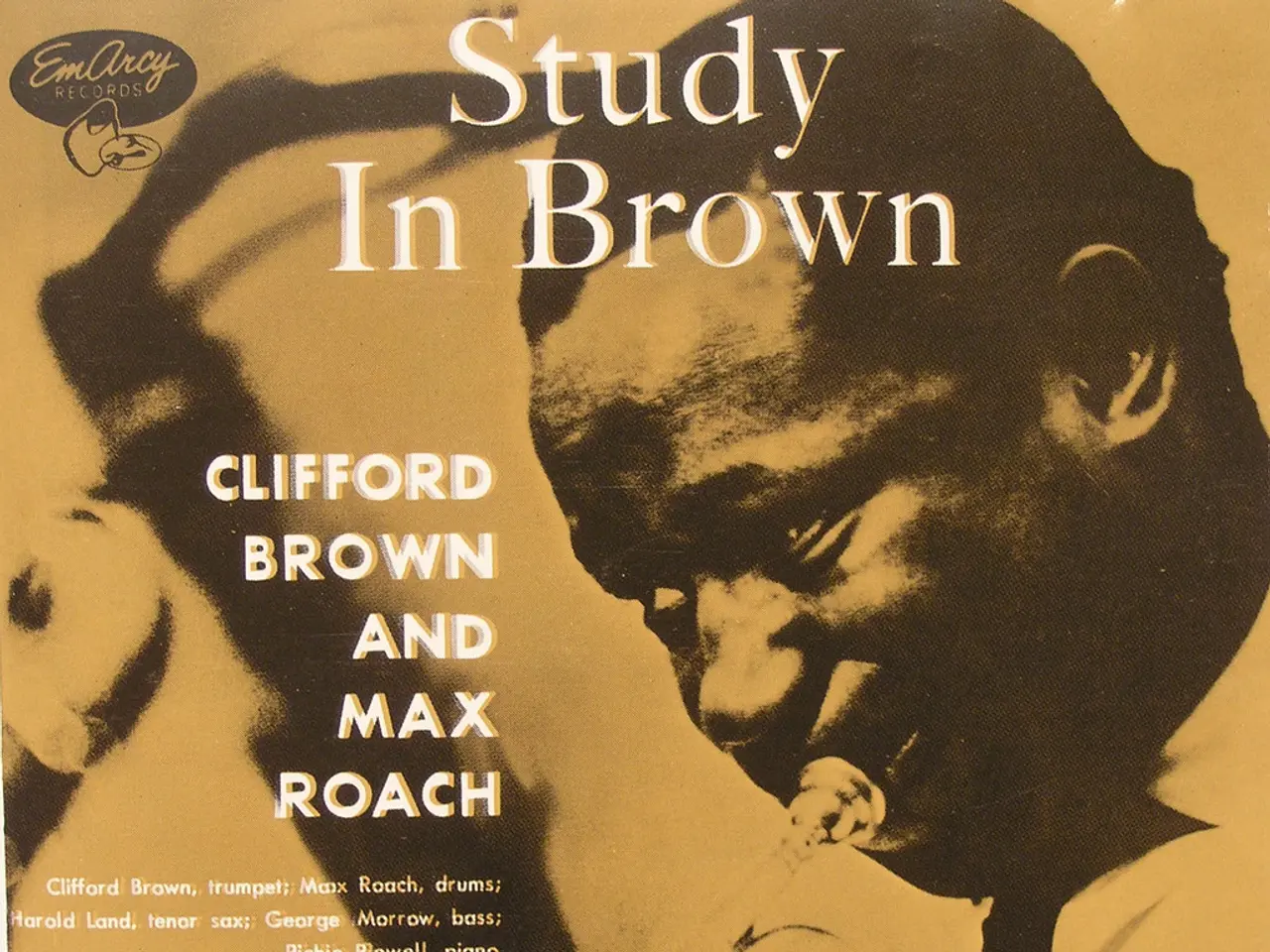Migratory Patterns in Jazz Music
================================================================================
In a groundbreaking collaboration between our news outlet and the Consortium of Humanities Centers and Institutes (CHCI), we delve into the profound impact African music has had on the evolution of jazz, a genre that continues to shape global sound today.
Jazz, with its rich tapestry of rhythms and melodies, can trace its roots back to enslaved West Africans who brought their musical traditions to the American South. These traditions, including complex polyrhythms, syncopation, call-and-response vocal patterns, and specific dance rhythms, became foundational in jazz's rhythmic DNA.
The West African contributions to jazz are manifold. Polyrhythms and syncopation, central to jazz's distinctive swing feel, were preserved and adapted in the harsh social conditions of plantation life. Call-and-response patterns, originating in African communal music, became a hallmark of jazz interactions between soloists and ensembles. Rhythmic motifs, such as the 3-3-2 rhythm progression, were derived from tribal dance forms. Moreover, instruments like the banjo, of African origin, were used alongside European brass and piano.
The spiritual and emotional intensity of African American church music (gospel) further influenced jazz in the late 19th and early 20th centuries. This influence brought expressive vocal styles, improvisation, and themes of hope and suffering that characterized early jazz performers like Louis Armstrong.
Blues, with its distinctive 12-bar form, "blue notes" (flattened or bent tones), and deep emotional storytelling, distilled African work songs and spirituals into a format that heavily informed jazz’s melodic and harmonic style.
Jazz emerged as a syncretic art form, rooted in both African rhythmic and melodic structures and European harmonic traditions, with New Orleans serving as a cosmopolitan hub for these intercultural interactions. The genre's evolution and spread through the African diaspora led to various adaptations, such as Latin jazz, which fused Afro-Cuban rhythms with jazz techniques, and African jazz styles that combined American jazz elements with local African musical customs.
In summary, the African influence on jazz is foundational—providing jazz its rhythms, structural improvisation format, emotional depth, and communal interaction style—while later cultural exchanges expanded its form globally within the African diaspora. This collaboration between our news outlet and the CHCI aims to shed light on this rich history and celebrate the enduring influence of African music on global sound today.
[1] Smith, B., & Socolow, S. (2013). The Jazz Age: A London Perspective. University of Chicago Press.
[2] Berger, A. (2006). The Blues Fell This Morning: Meaning in the Music of Blues and Jazz. University of California Press.
[3] Gioia, T. (2011). The History of Jazz. Oxford University Press.
[4] Santos, F. (2013). Afro-Cuban Jazz: A History. Scarecrow Press.
[5] Mbanga, L. (2016). African Jazz: The Musical Life of Louis Moholo-Moholo. University of Chicago Press.
The collaboration between our news outlet and the Consortium of Humanities Centers and Institutes (CHCI) is aimed at exploring the links between African music and entertainment, such as jazz, which has a rich history deeply rooted in African traditions. The evolution of jazz can be traced back to the influence of West African music, where complex polyrhythms, syncopation, call-and-response patterns, and specific dance rhythms were integral to its rhythmic DNA. Furthermore, the emotive intensity of African American church music (gospel) and the deep emotional storytelling in blues have significantly impacted the melodic and harmonic style of jazz.








